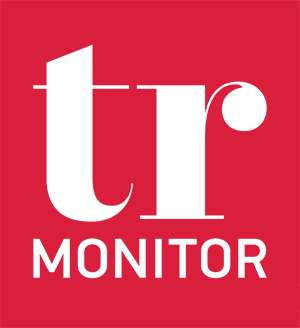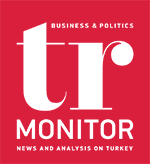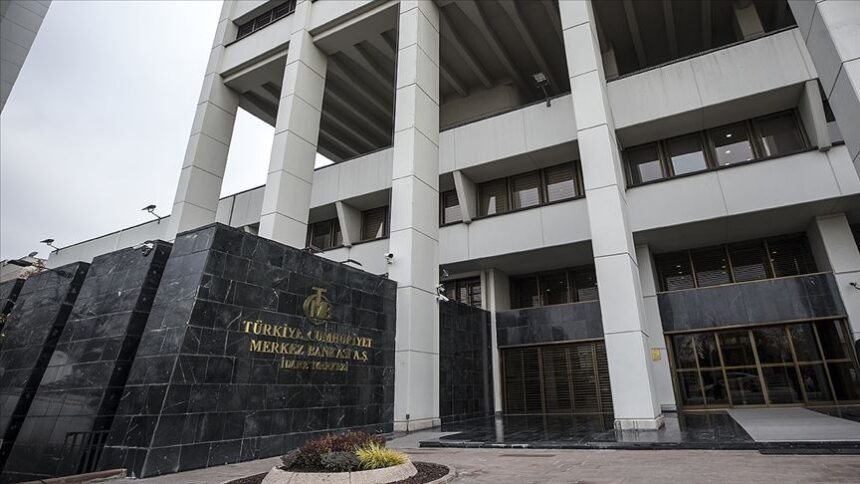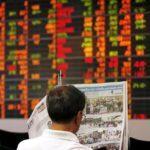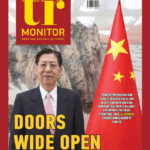The Central Bank kept the policy rate steady at 14% at the second Monetary Policy Committee (PPK) meeting of the year in line with the market expectations.
The Central didn’t change the policy rate in January after it lowered the interest rate by 500 basis points at the four successive PPK meetings since September 2021.
No sharp fluctuations were observed in foreign exchange (FX) rates following the PPK’s decision. USD/TRY is traded at 13.62 and EUR/TRY hovers around 15.50-15.52.
TRY investment credits to play a significant role
Similar expressions as those made after the January meeting were included in the PPK statement. “The strengthening of the improving trend in the current account balance is important for price stability. The Committee assesses that extending long-term TRY investment credit will play a significant role in achieving this target,” the statement read. Including long-term TRY credits in the statement indicates that growth with the support of personal loans isn’t among the bank’s priorities.
‘Liraization’ included in the PPK statement
The liraization strategy, which is among the key focal points of economy managers, was included in the PPK statement for the first time. “While the cumulative impact of the recent policy decisions is being monitored, to create a foundation for sustainable price stability, a comprehensive review of the policy framework is being conducted with the aim of encouraging permanent liraization in all policy tools of the Central Bank,” the PPK noted.
The post-PPK statement is as follows:
“The variants and increasing geopolitical risks keep the downside risks to global economic activity alive and increases the uncertainty. Recovery in global demand, high course of commodity prices, supply constraints in some sectors, particulary in energy, and high transportation costs have led to producer and consumer price increases internationally. The effects of high global inflation on inflation expectations and international financial markets are being closely monitored. Moreover, central banks in advanced economies assess that the rise in inflation may last longer than previously anticipated due to rising energy prices and imbalances between supply and demand. Accordingly, while the monetary policy communication of central banks in advanced economies varies with their diverse outlook for economic activity, labor market and inflation expectations, they still continue their supportive monetary stances and asset purchase programs.”
“Level of capacity utilization and other leading indicators show that domestic economic activity remains strong, with the help of robust external demand. While the share of sustainable components in economic growth increases, the current account balance is expected to post a surplus in 2022. The strengthening of the improving trend in the current account balance is important for price stability. The Committee believes that extending long-term TRY investment credit will play a significant role in achieving this target.”
“The increase in inflation in the recent period has been driven by pricing formations that are not supported by economic fundamentals, supply side factors such as the rise in global energy, food and agricultural commodity prices, supply constraints, and demand developments. The Committee expects the disinflation process to start as a result of measures taken and decisively pursued for sustainable price and financial stability, in addition to the base effect. Accordingly, the Committee has decided to keep the policy rate unchanged. While cumulative impact of recent policy decisions is being monitored, to create a foundation for sustainable price stability, a comprehensive review of the policy framework is being conducted with the aim of encouraging permanent liraization in all policy tools of the Central Bank.”
“The Central Bank will continue to use all available instruments decisively within the framework of the liraization strategy until strong indicators point to a permanent fall in inflation and the medium-term 5% target is achieved. The primary pursuit is price stability. Stability in the general price level will foster macroeconomic stability and financial stability through a fall in the country’s risk premium, continuation of the reversal in currency substitution, the upward trend in foreign exchange reserves, and durable decline in financing costs. This would create a viable foundation for investment, production and employment to continue growing in a healthy and sustainable way.”
“The Committee will continue to take its decisions in a transparent, predictable and data-driven manner.”
